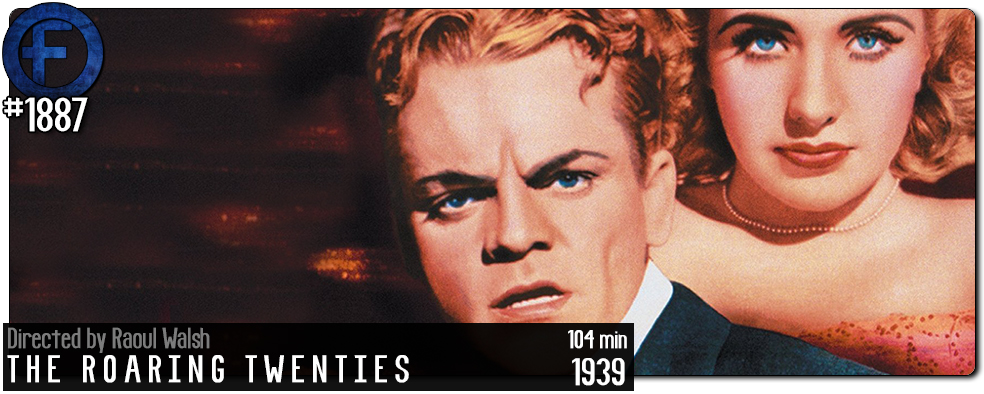Movie Review – Roaring Twenties, The
Principal Cast : James Cagney, Humphrey Bogart, Priscilla Lane, Gladys George, Jeffrey Lynn, Frank McHugh, George meeker, Paul Kelly, Elisabeth Risdon, Edward Keane, Joseph Sawyer, Abner Biberman, John Hamilton, Robert Elliot, Eddie Chandler, Vera Lewis, John Deering.
Synopsis: Three men attempt to make a living in Prohibitionist America after returning home from fighting together in World War I.
********
Although the passage of time has diluted some of the simmering specificity of American’s infamous Prohibition Era for today’s audiences, films of the 1930’s set during this baffling era more often manifest as tragic, poetic, white-hot representations of a period of the USA’s history in which the modern 20th Century was born. Following the enactment of the 18th Amendment, which all but crippled legitimate alcohol sales across the United States, illegal brewing of spirits, beer and wine proliferated in backrooms and isolated log cabins across the country, and saw the rise of hidden drinking establishments known colloquially as “speak-easys”, criminal gangs vying for distribution and territory, and bootlegging syndicates. Prohibition began in January of 1920 and would finally cease with the repeal of the 18th Amendment in 1933, following the Black Tuesday stock market crash of 1929 and rising public sentiment against it. The Roaring Twenties, directed by Academy of Motion Picture co-founding member Raoul Walsh and starring venerated screen icon James Cagney and rising star Humphrey Bogart, spans the entire decade, from the signing of the Armistice in World War I to the end of Prohibition in the early 1930’s, and brings considerable dramatic heft to this story of disenfranchised returning soldiers, greed and power, and eventually the brutal reality of crime as a way of life.

It’s the end of the Great War, and three soldiers find themselves relieved to hear that a truce, the armistice, has been signed by the warring factions. Two of them, Eddie Bartlett (James Cagney) and George Hally (Humphrey Bogart) have found the combat suitable to their violent tendencies, whilst one, aspiring lawyer Lloyd Hart (Jeffrey Lynn) find the act of killing others appalling. As they make their way back to America, the trio have varying degrees of luck returning to their old lives, with Eddie finding his previous job as a New York mechanic gone to another man. Listless, Eddie is given a job as a taxi driver by his friend Danny Green (Frank McHugh), before he finds himself imprisoned for unwittingly becoming involved in a bootlegging racket with Panama Smith (Gladys George), who, after his release, joins him in as a partner. After an encounter with old soldier buddy George, Eddie invites his old friend into his gang, whilst also romancing local singer Jean Sherman (Priscilla Lane), whilst Lloyd returns to assist Eddie’s burgeoning criminal empire avoid any sticky legal situations. As the years go by, Eddie’s love of Jean goes somewhat unrequited, while he has to continually put out the flames of competing crime gangs, led by Nick Brown (Paul Kelly) through unseemly and often deadly tactics.
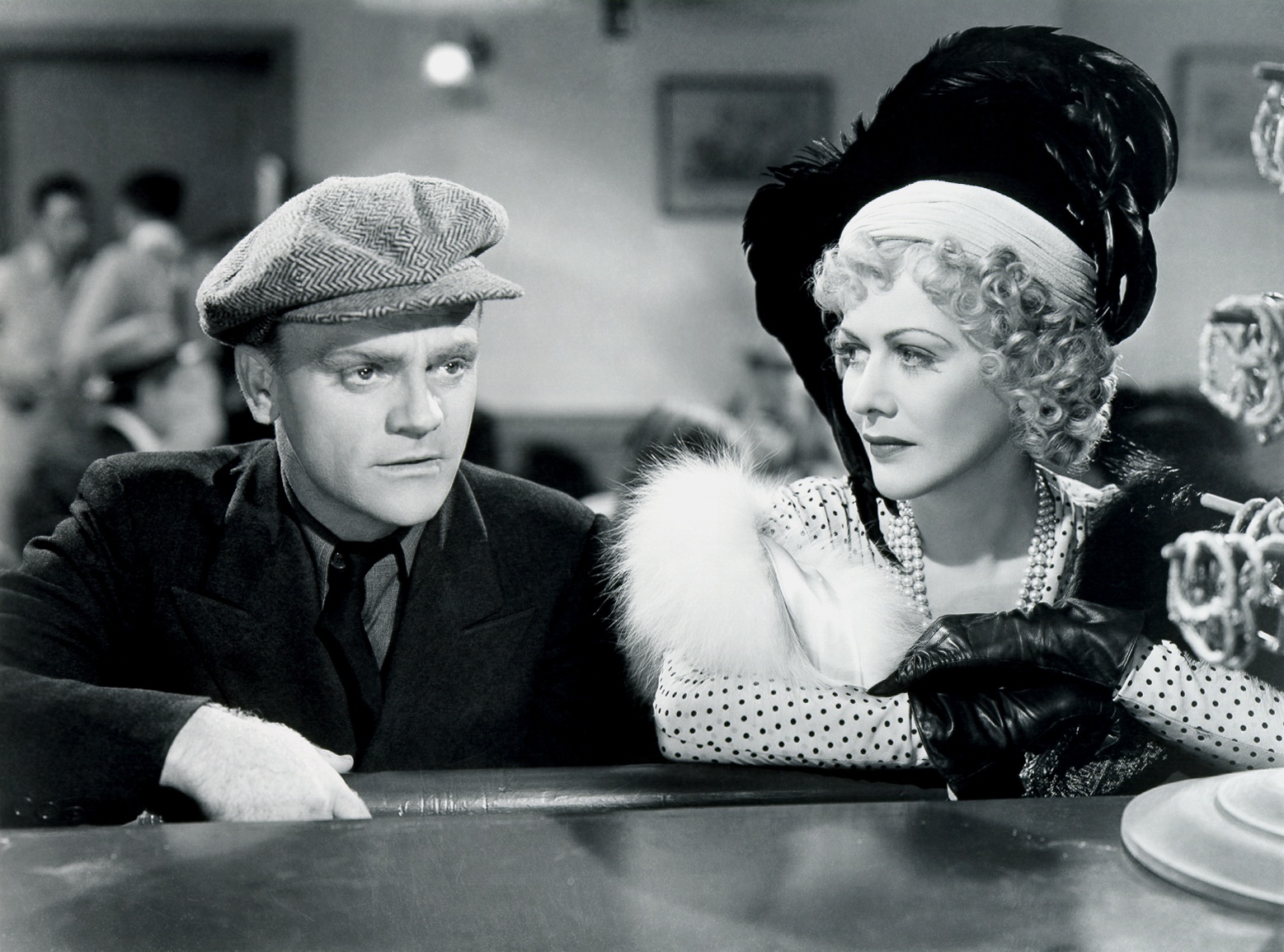
Evocative and bursting with masculinity and raw, impassioned violence, The Roaring Twenties is a dynamite dramatic example of a film perfectly utilising real-world settings to depict a compelling fictional narrative. Led from the front by James Cagney, in what was the third and final film he would pair with Humphrey Bogart, with believable and complex interpersonal relationships including strong female characters, as well as some brisk, violent sequences of gunfire and fighting, the film’s dark themes and near-worship of the criminal underworld as heroic, against-the-man figureheads offers plentiful intrigue and thoughtful condemnation of one of America’s darkest social periods. Written by Jerry Wald, Richard Macaulay and Robert Rossen, The Roaring Twenties pitches a love-triangle of sorts between Eddie, Jean and the crackerjack Panama Smith to the audience as a way of sublimating the overt violence and gangster action on offer, with Panama having affection for Eddie, who in turn loves Jean, who in turn loves somebody else entirely, which makes for an often tragic, mournful emotional arc.
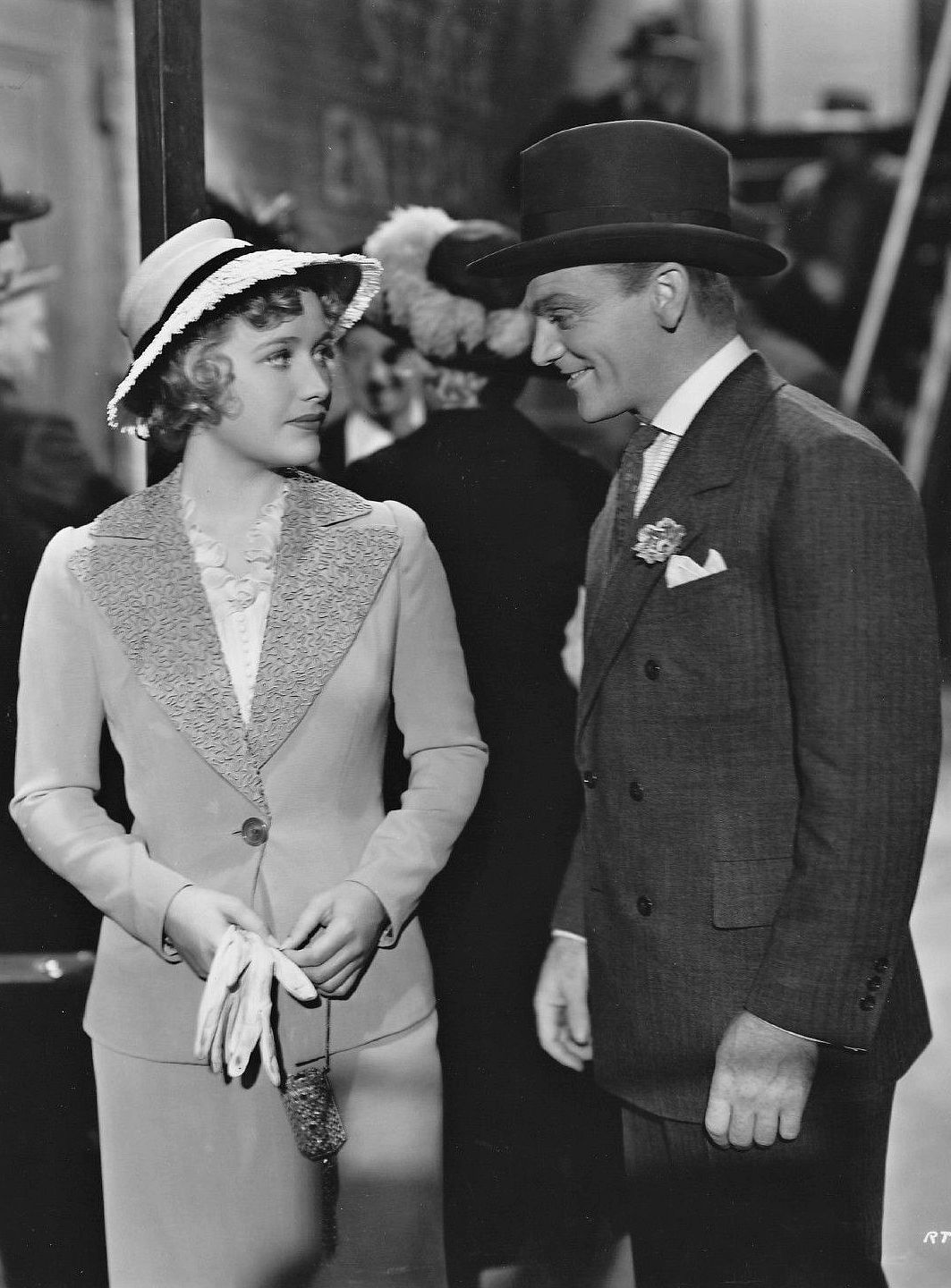
There are sparks everywhere here, the fire lit by Cagney who scintillates as Eddie, a man who craves being somebody in a world in which thousands upon thousands were slaughtered on the battlefields of France barely years earlier. The ruin of war runs hot in Eddie and George – the latter seems to delight in killing, casually slaughtering a young teenage soldier with glee mere moments before word comes along that peace has been declared, in one of the film’s truly catastrophic moments of brutality – with the revelation that US solders who returned home many months after Armistice found a society that had already moved on without them. While not quite pilloried in the way Vietnam veterans often were, this lack of fealty to those who gave their lives to protect freedom is something of a sore point for Eddie initially, although he bounces back quickly thanks to his friend Danny, who offers him the chance to make a bit of cash driving a New York City taxicab. In many ways, Eddie quite figuratively stumbles into the criminal underworld lark, following a chance encounter with Panama Smith, and in this moment he sees a chance to make his fortune without scruple. He’s a character of significant loyalty, and when you’re in the fold, you can’t get out – just ask legal eagle Lloyd Hart, who aspires to become an associate District Attorney (an outcome which eventually brings him into conflict with Eddie and George in disparate but unavoidable ways) – and his love of his friends, a surrogate family if you will, forms the basis for his drive to succeed.

Cagney is absolutely electrifying in the role of Eddie; his short stature and brutish, often confrontationally normalcy endear him as an Everyman archetype to the viewer, a masculine individual with depth, flaws and nuance that I have to admit I wasn’t expecting in an old gangster movie like this. His chemistry with the camera is hypnotic, you can’t help but watch him even when he’s not the lead in a scene or even if he’s in the background, such is his lure as a potent figure of performance. His repartee with Bogart, himself no slouch personifying the cruel and embittered George, is electrifying at times, with Bogart solidifying his A-list status as the film’s anti-hero against Cagney’s more pragmatic Machiavelli. Co-stars Gladys George steals every scene she’s in as the shittalkin’, hard-hitting, brilliantly named Panama Smith, while Priscilla Lane, as Jean Sherman, is cute as a button and certainly worthy of her near-top billing, even if her character feels the least interesting of the major leads. Frank McHugh, Jeffrey Lynn, Paul Kelly, George Meeker and a squirrely Abner Biberman all do solid work as the various henchmen, heavies and denizens of New York of the period, and to a man (or woman) I couldn’t fault a single performance in the movie.
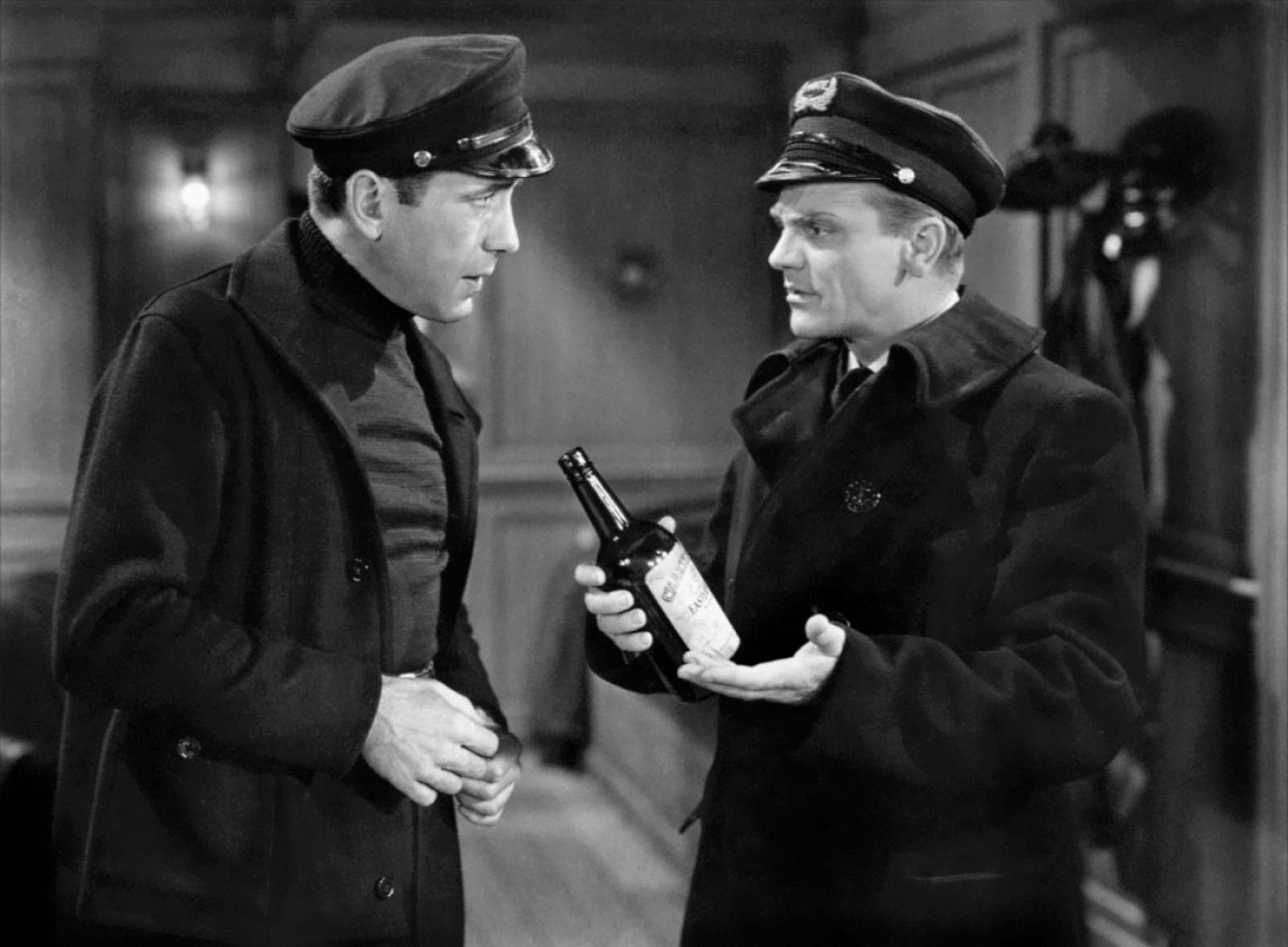
Of course the performances wouldn’t be diddly if it weren’t for the film’s terrific screenplay, which itself is a thing of beauty. The dialogue literally pulverises the viewer with evocative language and glib, sarcastic wit leeching from every syllable. Having performers capable of giving each line the required weight and seriousness (or humour, such as the case with Gladys George’s loquacious Panama) helps, but with such sparkling moments of pathos, love and simmering testosterone it’s hard to go wrong. Raoul Walsh really does allow the scenes to build, to give each central character a moment to deliver themselves utterly to the audience, with a brisk, almost sprinter’s pace to kick off before the lengthier, quieter reflective moments broaden the scope of the film through intimacy later on. The entire Great War sequence lasts barely five minutes but casts a significant shadow over the entire film, and perfectly sets up each of the three men whose career we follow. If anything, the film almost hurries to get to the gangster storyline, quickly skipping through Eddie’s return to New York, his troubles getting a job, and the moment he lands in jail simply for being a poor sap in the wrong place at the wrong time. In the moments when Eddie drops his tough-guy charade, which is rare, the film finds an even footing and settles into a rhythm, threading the lives of the main players into the paths of oncoming tragedy with each passing minute that brings the viewer’s nerves to the very edge. This balance of human failing is what make the film so truly remarkable, and so astoundingly captivating even if the fictional peculiarities and 30’s specificity haven’t aged so well.
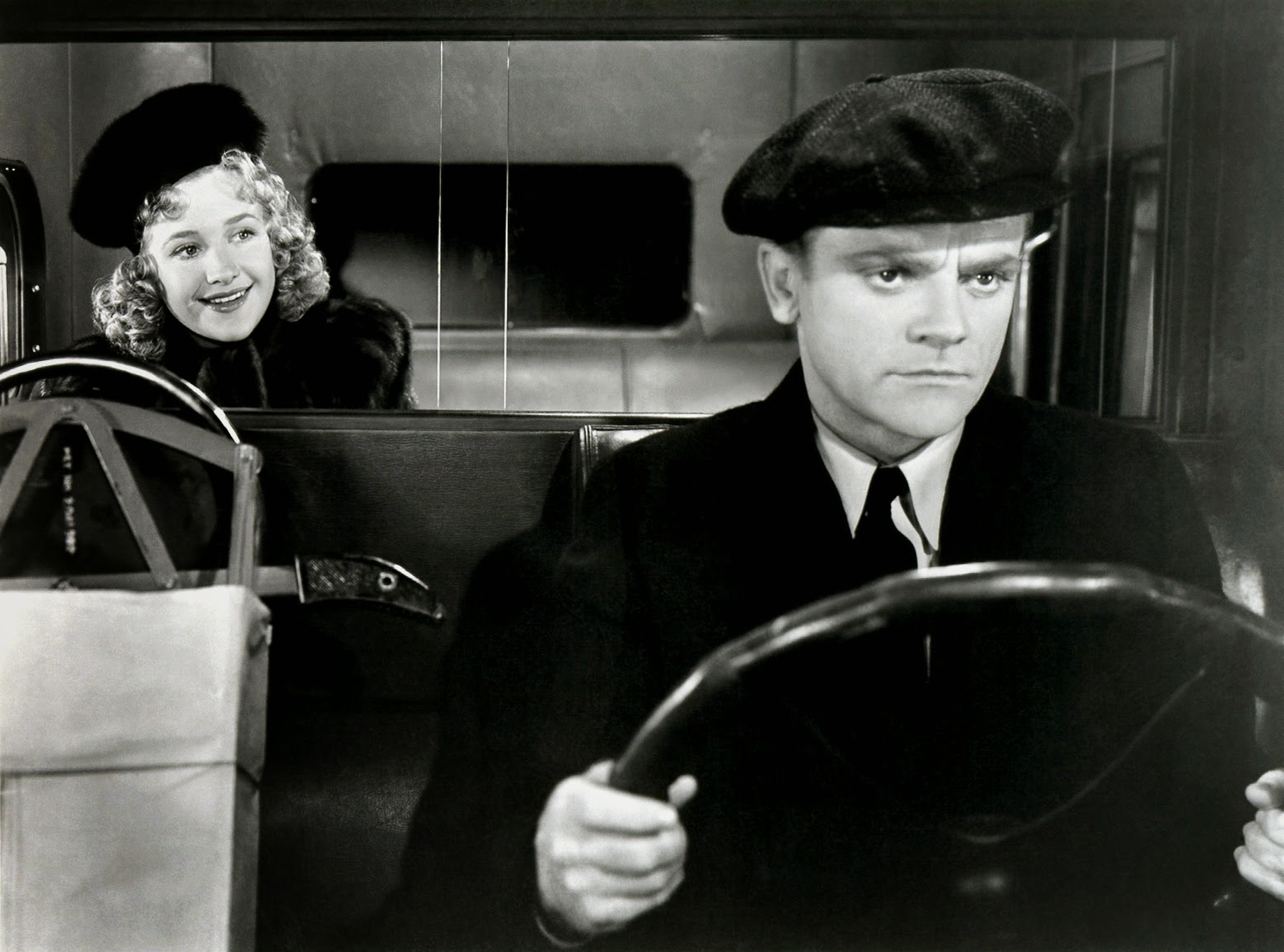
Obviously, as with any classic gangster movie, there’s violence. And in The Roaring Twenties, that violence is, to a point, little seen until the last hour or so. There are brawls and people getting conked on the head from time to time, for sure, but the gradual soft-core antics of Eddie and his gang soon give way to a deadlier, more terrifying uptick in brutality. Gangster movies aren’t afraid to gun down various characters for shock value – one key player gets offed by the film’s mid-way point – and the film’s climax is particularly shocking for just how well it plays with casual urban gun violence; the editing on the café shootout sequence that occurs in the movie’s third act, prior to a powerful finale in which Eddie makes a last stand against one of his enemies, is remarkably modern, a crackling zither of bullets, crashing furniture and imminent death. It’s never portrayed as anything other than quick and painless brutality, not sensationalised in any way, which is a wonderful realization to have about a film from the period. The film’s famous climax also features similar unblinking slaughter, as Cagney’s now-despairing Eddie running afoul of a gang of George’s henchmen before lurching onto the snowbound streets of New York, and this cathartic moment of redemption (of sorts, given Eddie’s redemption for all his past sins is to kill half a dozen men in cold blood kinda feels too grisly for my liking) works beautifully.
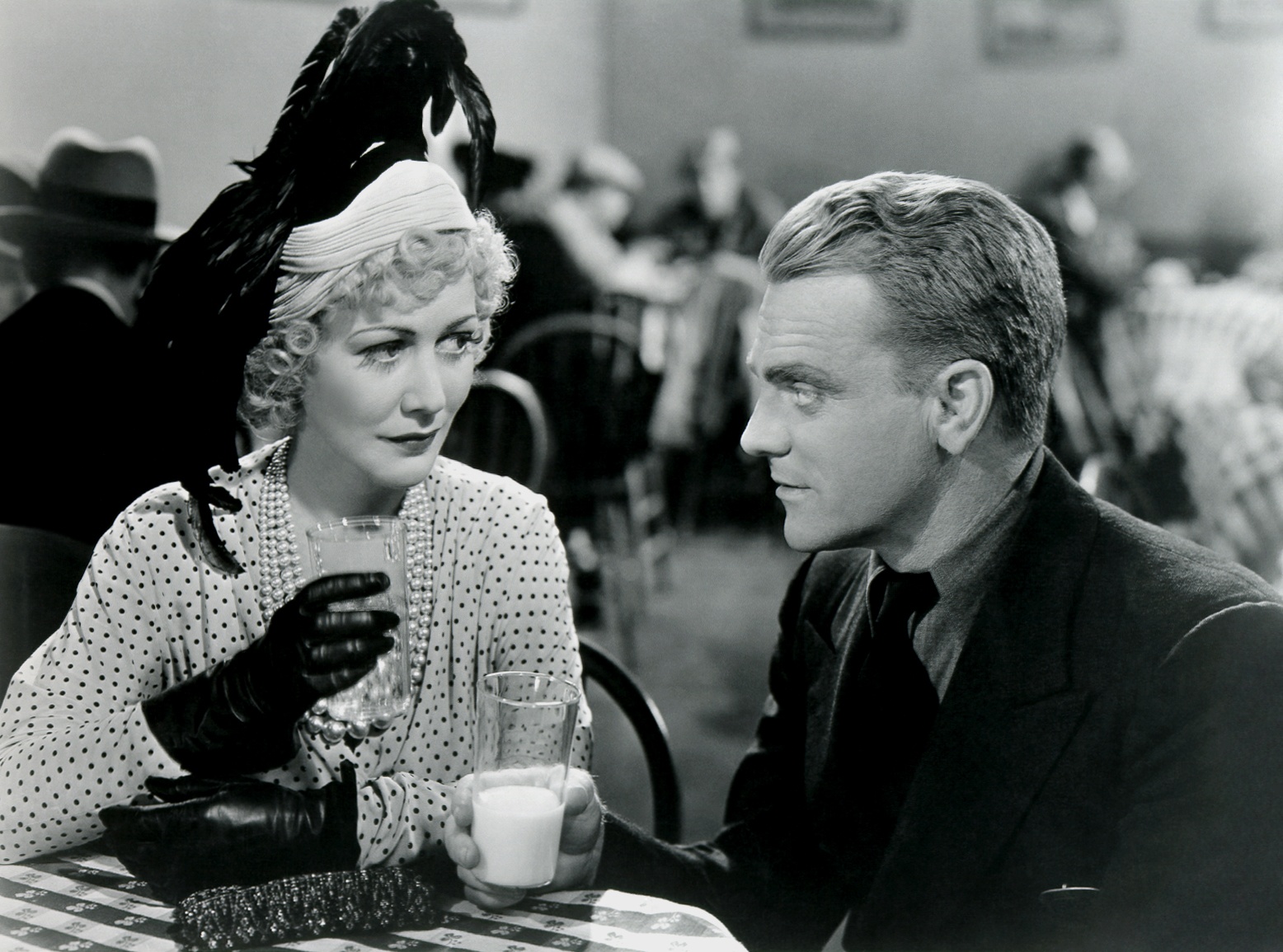
The Roaring Twenties is a strong, muscular gangster movie that offers a fantastic script and dialogue that absolutely crackles, some powerhouse performances from Cagney, Gladys George and Humphrey Bogart, and effectively provocative direction from Raoul Walsh. The film boasts solid technical work from the likes of cinematographer Ernest Haller (who would grab an Oscar for his work on Gone With The Wind, also released in 1939), music with Ray Heindorf and Heinz Roemheld writing the score, and editing work from Jack Killifer, combining to give the film a real sense of character showmanship that will delight anyone game to venture into its thrills. The Roaring Twenties isn’t the first film you’d think of when you remember James Cagney, nor is it at the top of the heap of the Gangster movie subgenre, but it’s a fearsome, powerful entry into the canon in retrospective analysis. Most definitely worth a look.

